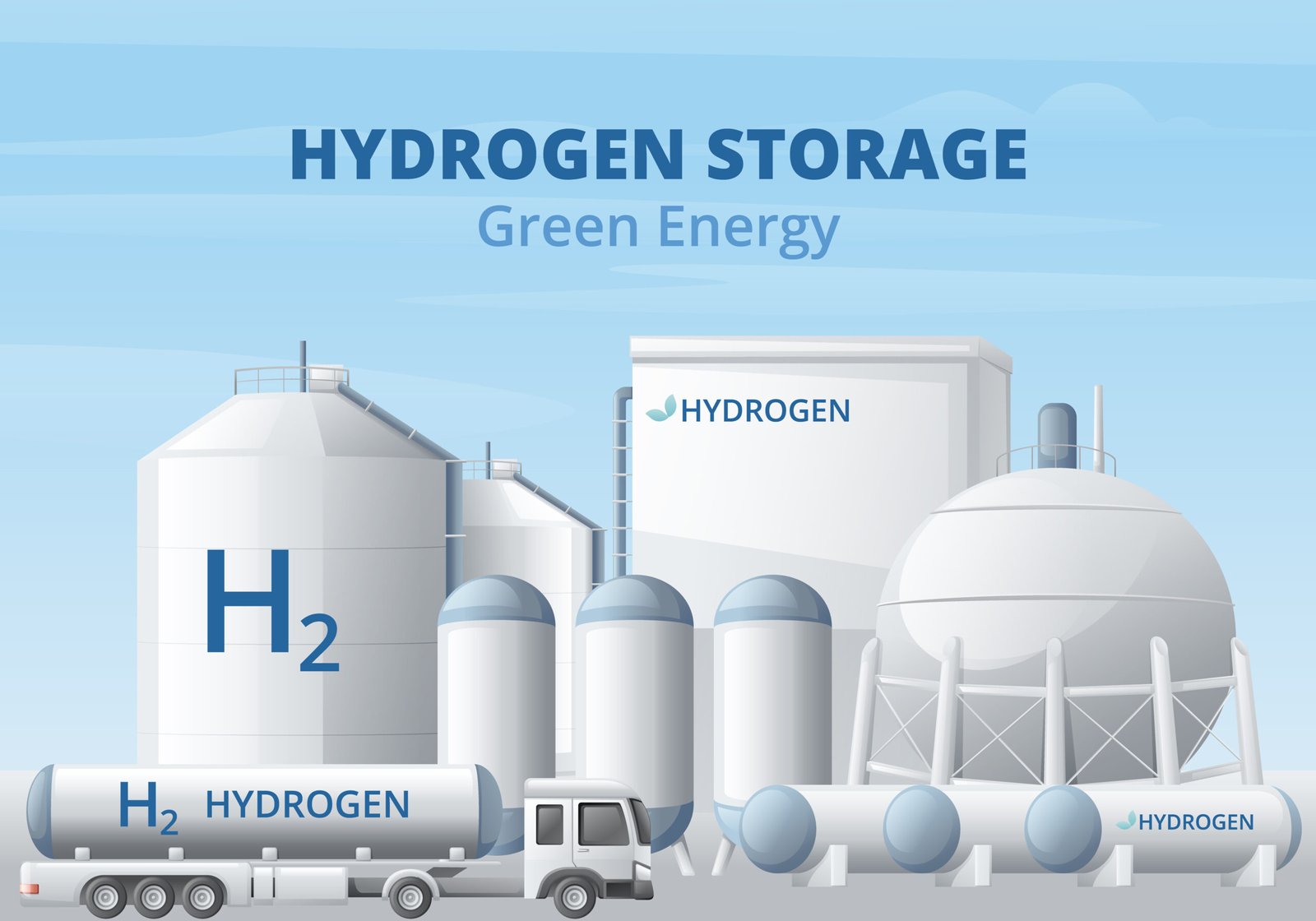Hydrogen is often called the fuel of the future. You’ve probably heard about green hydrogen, made with renewable energy, which is the cleanest option we have. The problem? It’s still expensive and not easy to scale up quickly. That’s where blue hydrogen steps in.
Through blue hydrogen production, we can use today’s infrastructure and resources while still cutting emissions compared to traditional methods. It may not be the perfect solution, but it’s an important step toward a more sustainable energy system.
What exactly is blue hydrogen?
Blue hydrogen comes from natural gas, produced through processes called steam methane reforming (SMR) or autothermal reforming (ATR). What sets it apart is the addition of carbon capture, utilization and storage (CCUS). In simple terms, instead of releasing all the carbon dioxide into the air, most of it is ca[tired and either stored underground or put to use in various industries.
That’s why blue hydrogen production is often described as “low-carbon.” It doesn’t eliminate emissions completely, but it does significantly reduce them, making it much cleaner than grey hydrogen, while remaining more affordable and scalable than green hydrogen.
Two main ways of producing blue hydrogen
Let’s look at the two main methods behind blue hydrogen production:
- Steam Methane Reforming (SMR) – the most common and established process. Methane from natural gas reacts with high-temperature steam, producing hydrogen and carbon monoxide. A second reaction turns carbon monoxide into more hydrogen and carbon dioxide. SMR is reliable and common, but it usually captures less CO₂ than ATR.
- Autothermal Reforming (ATR) – a newer, more advanced approach. ATR uses oxygen and steam, and part of the natural gas is burned to create the heat needed for the reaction. The benefit? Higher carbon capture rates (even up to about 95%). However, the trade-off is that ATR requires more upfront investment.
As you can imagine, both methods are useful, and the choice usually depends on the project’s size, budget, and the type of hydrogen needed.
Why is carbon capture important?
You should know that carbon capture is the real game-changer in blue hydrogen production. Captured CO₂ is compressed and transported, usually through pipelines, to secure underground storage sites like old oil fields or deep saline aquifers.
The technology isn’t perfect yet – it adds cost, and there are always questions about long-term storage safety – but it’s improving really quickly. As carbon taxes rise and emission rules get stricter, blue hydrogen is likely to become more competitive against traditional fossil fuels.
Benefits and challenges
The biggest benefit of blue hydrogen production is that it helps reduce emissions right now, using technology and infrastructure that already exist.
Think of blue hydrogen production as a bridge. It connects today’s energy systems with the cleaner, fully renewable systems the world is working toward. By building out hydrogen pipelines, storage sites and other infrastructure now, we’re paving the way for green hydrogen to take over in the future.
That said, it’s worth noting that critics argue that focusing too much on blue hydrogen might slow down investment in green hydrogen. There are also concerns about methane leaks during natural gas extraction, which could offset some of the climate benefits. For blue hydrogen to really work, strict rules and ongoing efficiency improvements are simply a must.
The takeaway
As the shift to clean energy speeds up, we can’t wait for perfect solutions.
Blue hydrogen production offers a practical way to cut emissions now while laying the groundwork for a renewable future. It’s not perfect, but it’s an important step forward, helping the world move faster, plan smarter, and stay on track in the energy transition.

